‘I should like,’ Edgar Degas once remarked, ‘to be famous and unknown.’ On the whole, he managed to achieve this. Degas is after all one of the greatest names in European art, but there is much about him that remains enigmatic. Some of his works seem secretive, even surreptitious — the extraordinary monotypes he made in Parisian brothels, for example, or the many wax sculptures he created but neither cast nor exhibited.
These and many other aspects of this curiously sympathetic man are explored in Degas: A Passion for Perfection by Jane Munro (Fitzwilliam Museum, £40), a fine book accompanying the current exhibition at the Fitzwilliam Museum, Cambridge (until 14 January 2018) marking the centenary of his death.
One of Degas’ bons mots was that ‘there is a kind of success that is indistinguishable from panic’. Quite true: and perhaps these days there is more anxiety than ever in the ranks of the famous. At least one subject in Annie Leibovitz: Portraits 2005–2016 (Phaidon, £69.95), an anthology of the globally glamorous, has already fallen from the pantheon (Harvey Weinstein).
Leibovitz often approaches her subjects with a theatrical élan which is positively baroque (though fortunately not Weinstein). Thus George Clooney is on a set entirely staffed by young women wearing underclothes — and resembling so many nymphs in a picture by Poussin. There she does what painters once did: creates a stunning public image for the great and celebrated. Not surprisingly, given her preoccupation with old masters, living artists are among her most memorablemodels: Jasper Johns, David Hockney, Howard Hodgkin reclining in his studio, Jeff Koons working out, stark naked, in his private gym.
Of course it was Andy Warhol who claimed that in the future we would all attain fame for 15 minutes. This adds piquancy to Andy Warhol: Seven Illustrated Books 1952–59 (Taschen, £150), a set of works by Warhol from the time before he himself was famous — but busy as a commercial artist and designer.
These books were printed and distributed by Warhol to promote himself (something at which he was always good). In this lavish publication each is reproduced separately and housed in a massive folder. However, the Warhol volumes nestling within are lightweight, though charming, consisting of drawings somewhat reminiscent of Quentin Blake or Ronald Searle. His subjects included cats and — another Warhol obsession — shoes (a selection of which are represented under the title ‘A la recherche du Shoe Perdu’). When Warhol became a hero of the avant-garde, it seems the world lost a talented cartoonist.
Few cities have been portrayed by so many diverse and gifted artists as London; perhaps Paris and Rome are its only real competitors. London in the Company of Painters by Richard Blandford (Laurence King, £40) is arranged topographically, making the point that not only has the megalopolis attracted great painters from Canaletto to Derain and Constable to Auerbach, but that every corner has its particular admirers. Thus Leon Kossoff has worked in Spitalfields and King’s Cross; Monet not only the Thames but also in, of all places, Leicester Square — where in 1901 he transformed the lights and nocturnal crowd into a shimmering kaleidoscope of colour. Crisp depictions by Edward Bawden and Eric Ravilious of such less obvious locations as Smithfield Market and the Greenwich Observatory also stand out.
These two are at the heart of Ravilious & Co: The Pattern of Friendship by Andy Friend (Thames & Hudson, £24.95), a deft example of that tricky genre, the group biography. It weaves together the careers and work of the two principals with those of their friends and contemporaries, including Barnett Freedman, Enid Marx and Thomas Hennell.
In the past, all these have tended to slip between the categories labelled ‘serious art’ and design, and so have been unfairly overlooked. Most excelled at such tasks as book illustration and wallpaper design as well as landscape painting. But — rightly — Ravilious has now become one of the most loved of British artists from between the wars; Edward Bawden, Freedman and the rest deserve a closer look too.
The same might be said of Eileen Agar, the subject of a pioneering study by Michel Remy, Eileen Agar: Dreaming Oneself Awake (Reaktion, £30). She was among the most talented of the British surrealists, even if that is not saying a huge amount, surrealism not really being a British thing (though there is a haunting touch of it about Ravilious’s views of the South Downs).
Agar’s efforts in that direction were at least more successful than those of Paul Nash — and, for that matter, of Salvador Dali in The Wines of Gala (Taschen, £49.99). This is a facsimile of the follow-up to Dali’s weird but amusing book of recipes. The trouble is that while food lends itself to surrealism — Dali could do startling things with a lobster — there’s just nothing much that’s haunting or bizarre about a glass of red.
Eroticism is, like the frisson of surrealism, highly subjective. In one of his few television interviews, Lucian Freud was asked whether he thought Titian’s ‘Diana and Actaeon’ was erotic. Yes, he replied, but then he found John Constable’s landscapes erotic ‘in the proper sense’ (he meant, to do with love). There are several almost equally surprising inclusions in The Art of the Erotic (Phaidon, £59.95, with an introduction by Rowan Pelling). This is an assembly of images from many different times and places, including a lot you might expect — such as pictures of naked bodies by Titian and Freud. But we are also given allegedly erotic abstracts by Paul Klee and Joan Miró, and a monochrome canvas by Lucio Fontana cut through with a decisive vertical.
It would take an unusual sensibility to find this titillating, but perhaps the same is true of the gaunt nudes reproduced in Egon Schiele: The Complete Paintings 1909–1918, edited by Tobias Natter (Taschen, £135). Personally, I find Schiele’s paintings slight in comparison with those of Vermeer, Caravaggio and most of the artists who have previously had this large- format treatment from Taschen. Schiele fans, especially those with capacious bookcases, will love it.
Got something to add? Join the discussion and comment below.
Get 10 issues for just $10
Subscribe to The Spectator Australia today for the next 10 magazine issues, plus full online access, for just $10.
You might disagree with half of it, but you’ll enjoy reading all of it. Try your first month for free, then just $2 a week for the remainder of your first year.

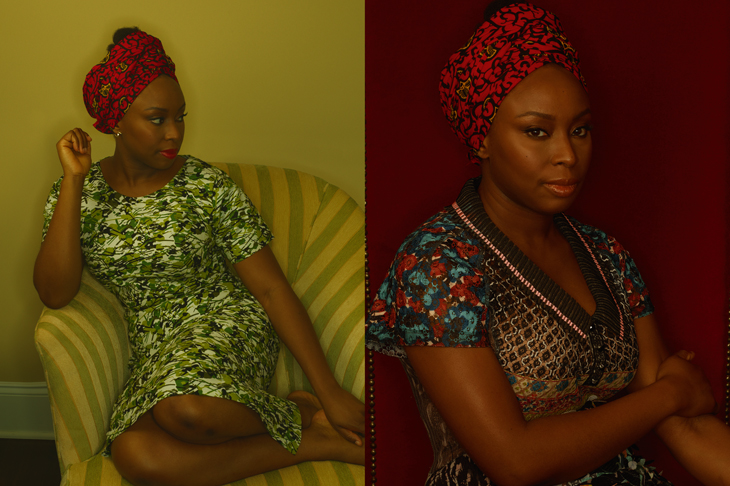
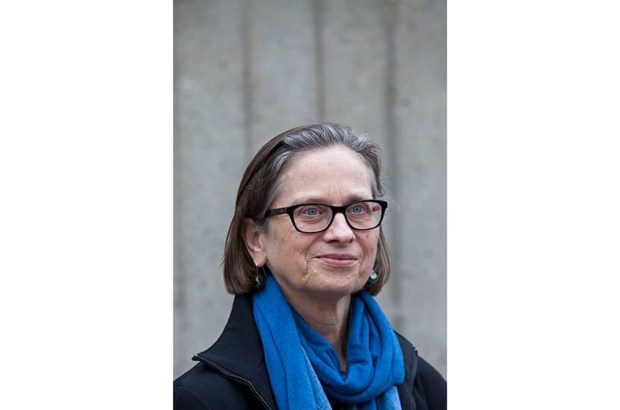
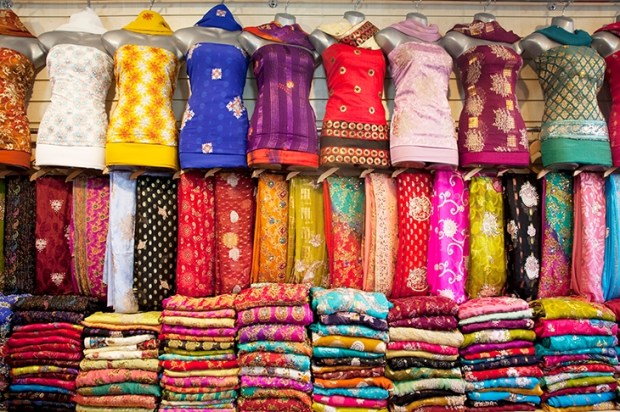
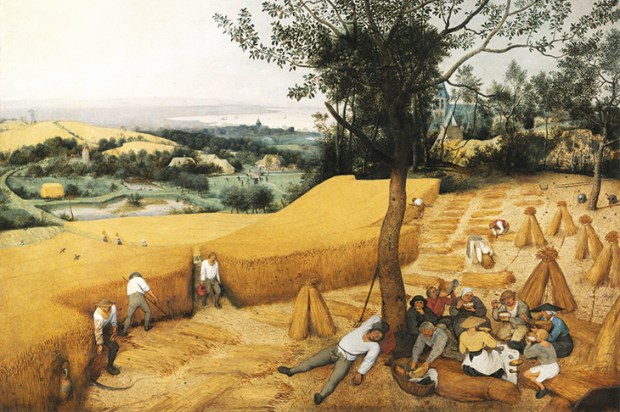
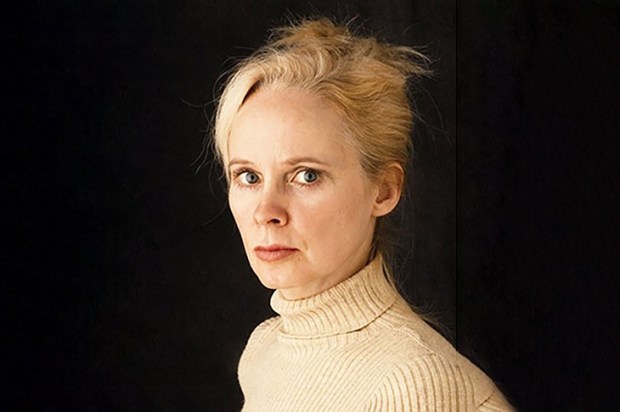
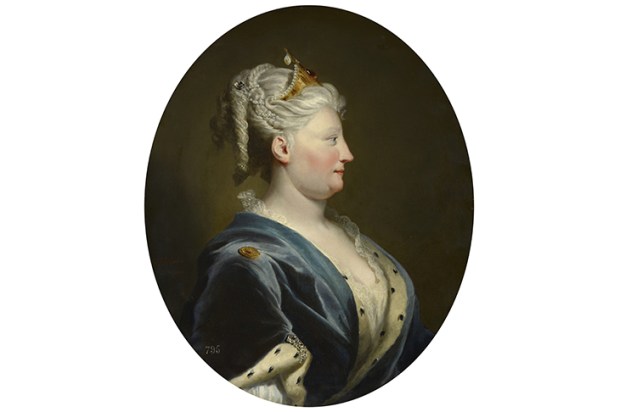
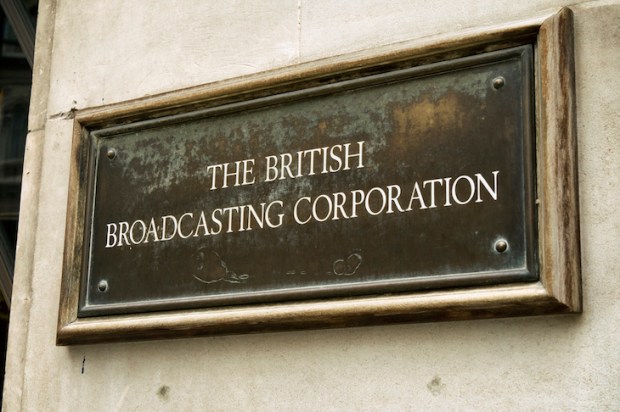






Comments
Don't miss out
Join the conversation with other Spectator Australia readers. Subscribe to leave a comment.
SUBSCRIBEAlready a subscriber? Log in